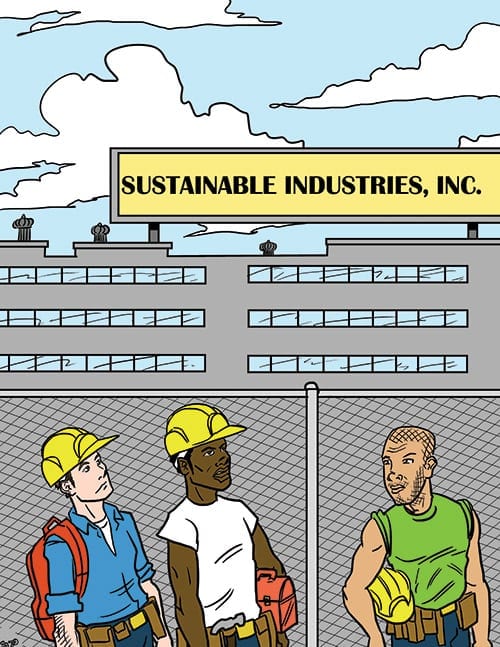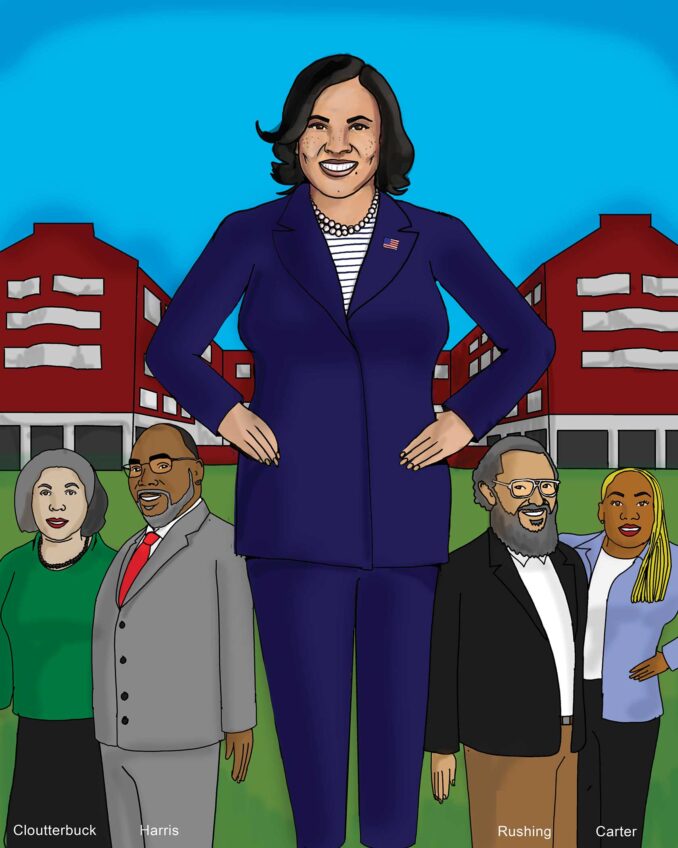
Decades ago, business corporations were considered to be progressive when they recognized and accommodated the interests of their various stakeholders. The conventional view at that time was that only the company’s shareholders were of great importance. Now, socially sensitive businesses also are supposed to include concern for environmental issues and sustainability as well as matters of social change once considered to be the sole province of government. However, is too little now being done to sustain the economic welfare of the workforce?
In 1965 the federal minimum wage was only $1.25 per hour. At today’s prices that is peanuts, but an evaluation in constant 1996 dollars would assess a value of $6.23 per hour, a reasonable income at that time. The same assessment of today’s minimum wage of $7.25 provides a value of only $4.82 in 1996 dollars. Clearly, the minimum wage was more economically valuable in 1965 than today’s. Shouldn’t socially sensitive corporations be aggressively pushing for a minimum wage increase?
One reason for the unenthusiastic corporate support for an increase in the minimum wage is the huge leap in executive’s pay. According to Washington’s Economic Policy Institute, the average CEO salary in 1965 was about 20 times the average worker’s pay. The CEO made $126,000 and workers made $5,947. In today’s dollars that would amount to $819,000 for executives and $39,500 for workers, according to PolitiFact Virginia.
According to data released by the AFL-CIO, that 1965 salary relationship is now history. In 2013 American CEOs earned 331 times the salary of average workers. CEOs averaged $11.7 million compared with $35,293 for average workers. And the margin is even greater against those earning only a minimum wage. The rate of CEO salaries is 774 times higher.
The differential will vary from year-to-year and in different industries. Different analysts will develop different results, but the fact remains. There now is a huge disparity in executive salaries that is imposing economic hardship on the working class. It must be remembered that once the CEO’s salary tops out, other executive staff salaries have to be made commensurate.
The middle class, those earning between $35,000 and $100,000, has been declining since 2000, and the number of those in the lower income bracket has been increasing. Clearly, the first task of those companies committed to sustainability and social consciousness is to reverse those damaging economic statistics.






